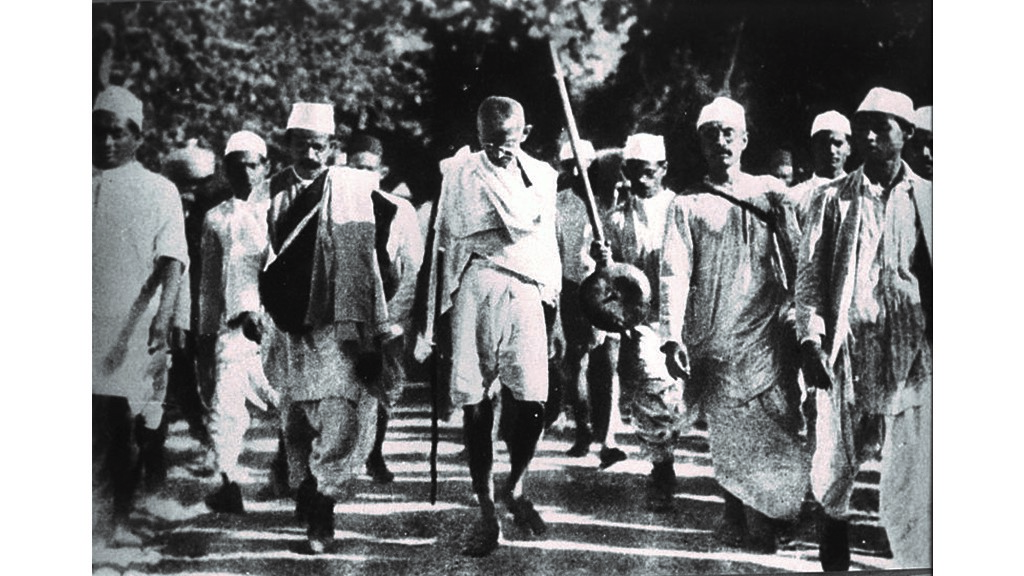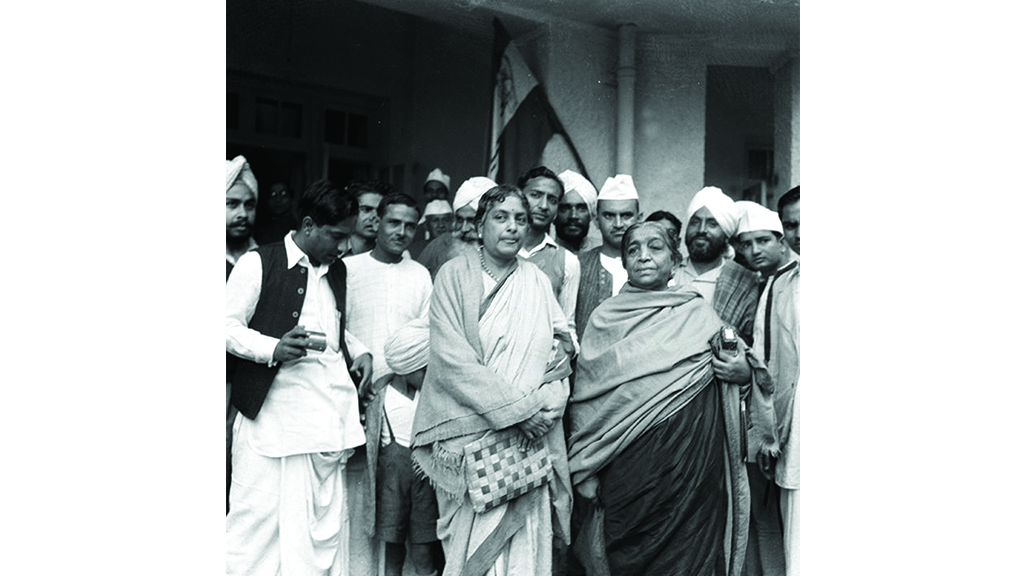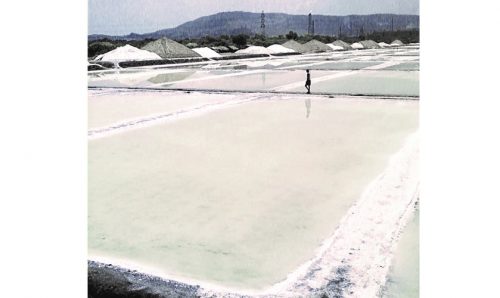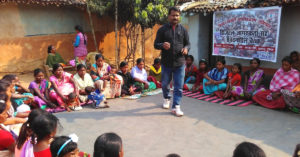Women, Salt and Satyagraha: A Look at the Historic Protest at Mumbai’s Chowpatty Beach in 1930
Mumbai’s popular Chowpatty beach was part of an important chapter in India’s freedom struggle and the women of Bombay played a huge part in it.


The sandy beach of Chowpatty at the start of Mumbai’s Marine Drive is a popular hangout during weekends. But few of the revelers who go there know that in the April of 1930, this stretch of sand was taken over by hundreds of women, who as an act of defiance against the British, set up impromptu stoves to extract salt from the waters of the Arabian Sea. Those were the heady days of Mahatma Gandhi’s ‘Salt Satyagraha’, and the women of Bombay were at its forefront here.
In 1930 Mahatma Gandhi decided to take up cudgels against the British for taxing the most basic ingredient in any meal – salt. The India Salt Act of 1882 not just allowed the government to have a monopoly on the collection and manufacture of salt, it also allowed them to tax it. To mark his protest, Mahatma Gandhi initiated the famous Dandi March, from his home in Sabarmati near Ahmedabad to Dandi, a small coastal village.
The idea was to produce salt from the seawater in defiance against the British.

The idea caught on and spread fast. On 6th April 1930, a group of women led by Kamaladevi Chattopadhyay, a noted freedom fighter, marched to Chowpatty and started making salt from sea water on makeshift stoves or chulhas.
Huge crowds had gathered at Chowpatty to witness the scene, some even climbed up trees to watch what was happening. Things however turned rough, when the police attacked and lathi-charged the protestors.
The leader of the movement, Kamaladevi herself fell into the hot coals of her stove as she was hit by a police lathi. She suffered severe burns but refused to call off the protest and go to the hospital. Soon, despite police attempts, the crowds grew and hordes of housewives carrying pots and pans joined the ranks.
When police raided the Congress House, the women there formed human shields to block their path.

On 13th April 1930, a mass meeting was organised at Chowpatty which was attended by about 50,000 people. The speakers included Sarojini Naidu, Mrs. Perin Captain (grand-daughter of Dadabhai Naoroji) and Mr. Abid Ali Jafferbhai, among others. They encouraged people to manufacture salt in their homes and in their localities and boycott government salt. Despite barricades, hartals and lathi-charge, crowds kept coming to Chowpatty.
After concluding the Dandi March, as phase two of the ‘Salt Satyagraha’, Mahatma Gandhi had planned a non-violent raid of the Dharasena Salt Works in Gujarat, but he wasn’t able to make it there. The British arrested him even as others took the fight on.
In Mumbai, 500 people led by Kamaladevi Chattopadhyay marched to the Wadala Salt Depot on 16th April 1930. They collected natural salt and sold it to people.
This was followed by an even bigger march on 18th May 1930, when more than 20,000 people marched to Wadala and collected salt. There was exceptional police brutality on the marchers and as a result, the Bombay Stock Exchange and all other business establishments remained shut the next day in protest.

The ‘Salt Satyagraha’ was a significant event in the political consciousness of Mumbai.
Like this story? Or have something to share?
Write to us: [email protected]
Connect with us on Facebook and Twitter.
NEW: Click here to get positive news on WhatsApp!
If you found our stories insightful, informative, or even just enjoyable, we invite you to consider making a voluntary payment to support the work we do at The Better India. Your contribution helps us continue producing quality content that educates, inspires, and drives positive change.
Choose one of the payment options below for your contribution-
By paying for the stories you value, you directly contribute to sustaining our efforts focused on making a difference in the world. Together, let's ensure that impactful stories continue to be told and shared, enriching lives and communities alike.
Thank you for your support. Here are some frequently asked questions you might find helpful to know why you are contributing?


This story made me
-
97
-
121
-
89
-
167














